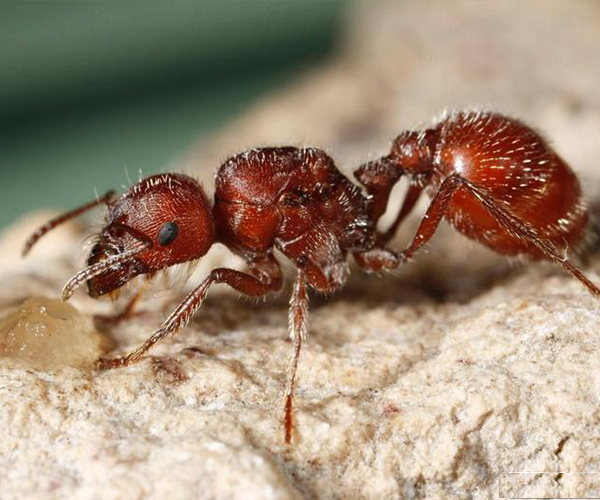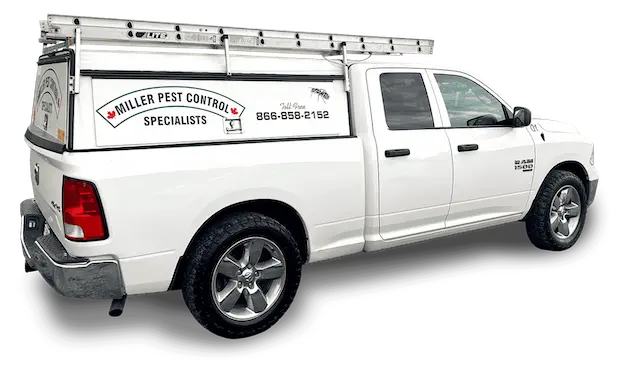Harvester Ants
How to Get Rid of Harvester Ants

The large size of some colonies and the ability to sting can make removing Harvesting Ants difficult without professional help. When their nests are disturbed they can become aggressive to defend it.
Experienced pest control professionals, however, have the training, know-how, and access to the most effective treatment options to eliminate harvester ants safely and properly.
How to Identify a Harvester Ant Infestation
Harvester ants have a two-segmented pedicel (the attachment between the thorax and abdomen), and most species have a pair of spines on the top of their midsection. Many species also have long hairs on the underside of their heads, which is beard-like in appearance.
- Colour: Orange to red or brownish-black
- Size: Approximately 4.7-11.5 mm long
Harvester ant nests are easy to locate by looking for bare soil areas. Some species can build nests as large as 1 metre tall and 5 metres wide.
How to Prevent a Harvester Ant Infestation
Harvester Ants do not tend to enter homes, however they can build large nests in yards and may cause damage to surrounding plants. Reducing loose vegetation and selective outdoor treatments of insecticide will help deter them from building a nest on your property.
Possible Health Concerns
In addition to affecting lawns, harvester ants are also known to sting when their nest is disturbed. Harvester ants have painful stings when irritated, and people who have allergic reactions to insect stings should be particularly careful of harvester ants.
About Harvester Ants
Harvester ant a common name for any of the species ants that collect seeds and other vegetation. These resources are stored in the nest in communal chambers called granaries.
There are dozens of species considered harvester ants found throughout North America. The Red harvester ant is one of the most common in Canada. They build nests in the soil and prefer to live in open areas. Their nests typically have a single opening surrounded by an area stripped of vegetation that measures up to 2 m in diameter.
Harvester ants increase seed dispersal and protection of some plants. They also provide nutrients that increase seedling survival. In addition, ants provide soil aeration through the creation of galleries and chambers, mix deep and upper layers of soil, and incorporate organic refuse into the soil.

